
Known for its size, oversized ears and incredible ability to adapt to the harsh conditions of the Sahara Desert, the fennec fox (Vulpes zerda) stands out in the animal kingdom. This nocturnal creature has evolved traits to thrive in environments utilizing its big ears to regulate body temperature and sharpen its hearing. Apart from its characteristics the fennec fox’s social nature and playful demeanor make it a captivating subject for observation and admiration. In this piece we explore the features, behaviors and survival tactics of this species that continue to intrigue many.
Survival Strategies in Arid Environments
Ears: Natures Cooling Mechanism
The distinctive trait of the fennec fox is undeniably its large ears that can reach lengths of up to 6 inches (15 centimeters). These ears serve a purpose, beyond aesthetics by helping regulate body temperature in the scorching desert climate. The expansive surface area of these ears aids in dissipating heat acting as coolers that prevent overheating in temperatures exceeding 100 degrees Fahrenheit (38 degrees Celsius) during daytime.The fennec fox not just uses its ears for thermoregulation but for keen hearing. Its exceptional ability to pick up the sounds of prey moving beneath the ground such as insects, rodents and other small creatures is vital for its survival as a nocturnal hunter in the vast desert environment in search of food.
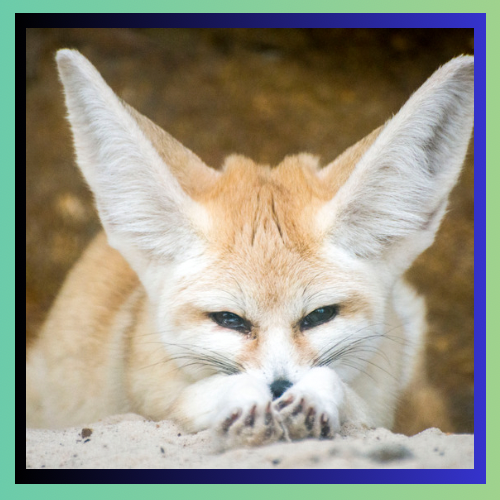
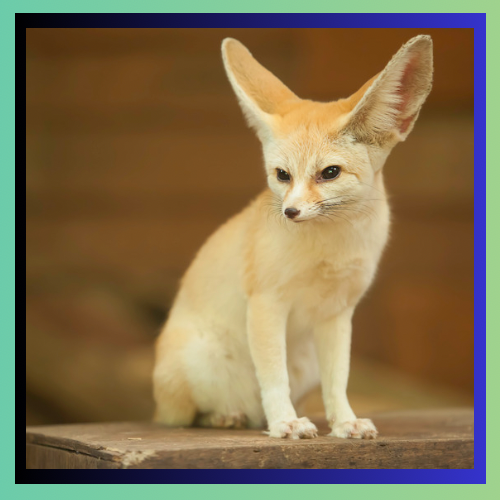
Size
Being the smallest among all canids weighing 2 to 3 pounds (0.9 to 1.4 kilograms) and standing at 8 inches (20 centimeters) tall at the shoulder the fennec fox has an advantage in the desert due to its diminutive size. This small stature helps reduce its need for food and water allowing it to thrive on sustenance by deriving moisture from its diet that includes insects, small mammals, birds and fruits.
Fur
The fennec fox’s fur serves as another adaptation. Its thick and light colored fur provides insulation against both the nights and scorching daytime temperatures of the desert. Additionally the fur on its feet offers protection from sand enabling it to move across the desert terrain.


Social Behavior
Known for their nature fennec foxes often form groups known as “skulks” or “leashes” comprising, up to ten individuals. In the wild, fennec foxes usually form knit family units consisting of a breeding pair and their young. These foxes communicate through means, like vocalizations, scent marking and playful interactions.
Play is an aspect of fennec fox dynamics particularly among the young ones. The kits are known for their behaviors such as chasing each other play fighting and pouncing around. These activities not entertain observers. Also play a crucial role in honing their hunting skills and shaping social bonds within the group.
Even adult fennec foxes engage in antics to strengthen their connections with one another and uphold group unity. Their sociable demeanor and charming behavior make them attractions in captivity often found in zoos or kept as pets despite the challenges of meeting their needs outside their natural environment.
Adaptation Strategies
Nighttime Lifestyle
Fennec foxes are mostly active at night allowing them to avoid the scorching desert heat during the day. When daylight comes they seek refuge in burrows they dig in the sand. These burrows can be elaborate with entrances and exits stretching up to 32 feet (10 meters) long. They serve as hideaways from temperatures and offer protection, against predators.
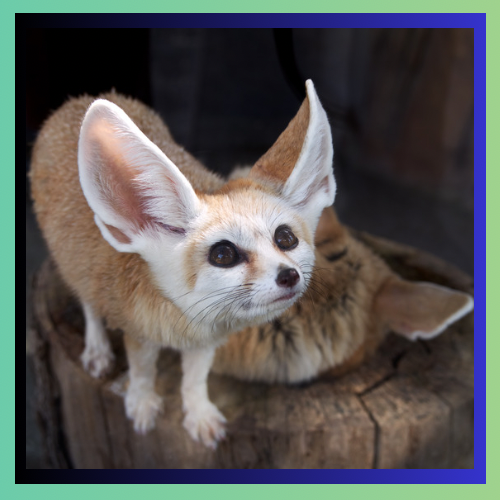

Diet
Fennec foxes have a diet, including insects, small animals, birds, eggs and plants, like fruits and roots. This varied food selection helps them survive in environments with resources by ensuring they can always find something to eat.
They are eaters. Will make use of whatever food is accessible to them. This ability to adjust their diet plays a role in their ability to thrive in the changing desert environment.
Despite their ability to adapt fennec foxes face threats from actions. Their natural habitats are being destroyed due to farming expansion and human settlements encroaching on their territory. Additionally some are. Sold illegally as pets. However, the current “Least Concern” status given by the International Union for Conservation of Nature (IUCN) indicates that their population is relatively stable for now.
To ensure the continued well being of fennec foxes in their habitat conservation efforts are imperative. Education programs can help decrease the demand, for fennec foxes as pets. Raise awareness about preserving the desert ecosystem they call home. Various organizations and governments are also taking steps to safeguard their habitats through land management practices and designated protected areas.
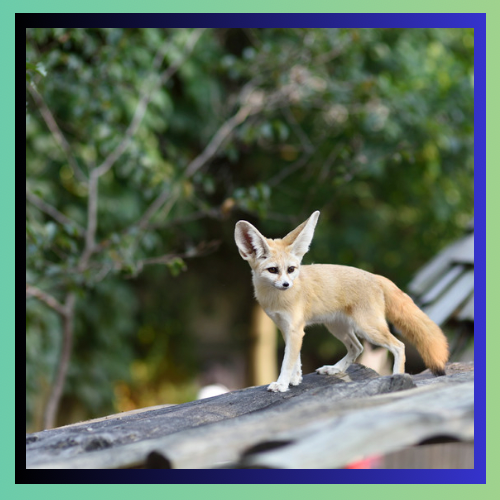
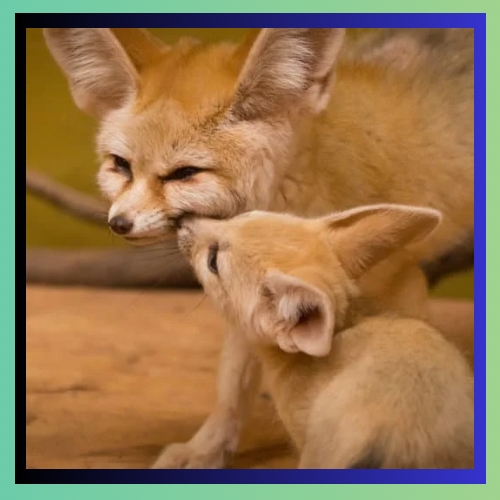
The Fennec Fox in Society and Learning
The appearance and behaviors of the fennec fox have captured the interest of people across cultures and educational settings. In traditions the fennec fox is often seen as a symbol of intelligence and flexibility. Their charming demeanor also makes them representatives for desert conservation initiatives shining a light on the issues faced by desert ecosystems and the significance of biodiversity.
At zoos and wildlife parks fennec foxes are attractions that contribute to educational programs focusing on adaptation, desert ecology and conservation. These initiatives aim to cultivate an admiration and comprehension for these creatures and their natural habitats.
In Summary
The fennec fox serves as an illustration of how evolution has shaped it to thrive in one of Earths inhospitable environments. From its ears to its size and nocturnal habits every aspect of this species is perfectly suited for survival in the harsh Sahara Desert. Apart from their features the social and playful behavior exhibited by fennec foxes make them an enchanting and lovable species. Despite facing challenges from impact ongoing efforts in conservation and education play a role in ensuring that these resilient creatures continue to flourish. The existence of the fennec fox highlights the variety and adaptability, in life on our planet.
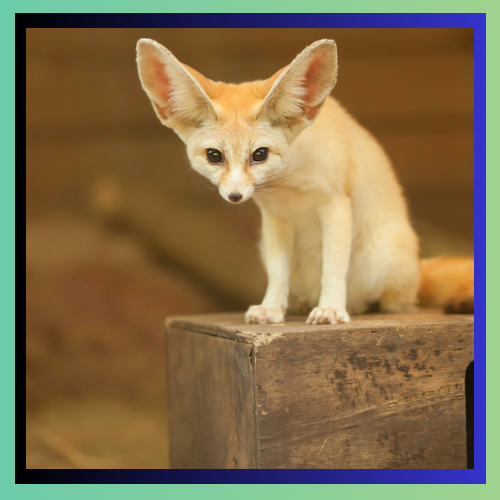

References:
1. Fennec Fox. https://www.nationalgeographic.com/animals/mammals/facts/fennec-fox
2. Smithsonian’s National Zoo & Conservation Biology Institute – Fennec Fox. https://nationalzoo.si.edu/animals/fennec-fox
3. IUCN Red List – Vulpes zerda. https://portals.iucn.org/library/node/10076
4. Animal Diversity Web – Vulpes zerda. https://animaldiversity.org/accounts/Vulpes_zerda/
5. San Diego Zoo – Fennec Fox. https://animals.sandiegozoo.org/animals/fennec-fox
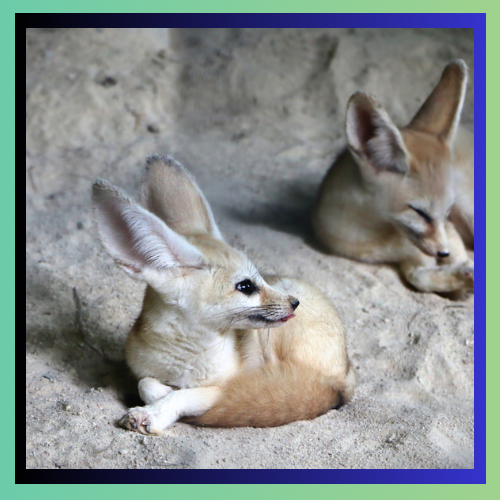


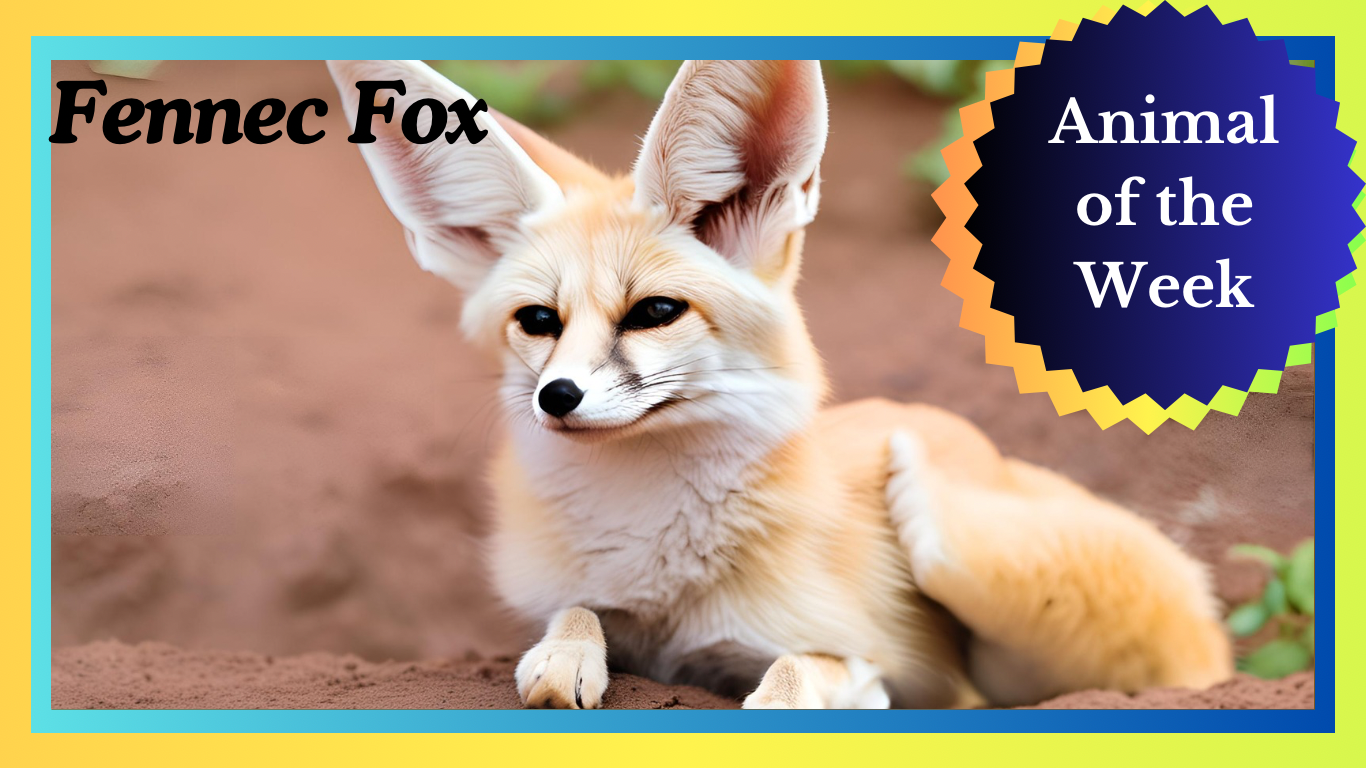


Thanks for sharing. I read many of your blog posts, cool, your blog is very good.
Thanks for sharing. I read many of your blog posts, cool, your blog is very good.